Dhaka, Nov 22 (V7N) – A powerful 5.7-magnitude earthquake shook Bangladesh on Friday morning, causing widespread panic, structural damage, and casualties across multiple districts. The tremor, lasting 26 seconds, originated in Madhabdi, Narsingdi, and is being described by meteorologists as the most significant seismic event in the country in the past three decades.
Authorities reported that the earthquake claimed 10 lives and injured more than 300 people. Narsingdi district alone accounted for five fatalities, while the capital city Dhaka reported four deaths, and Narayanganj one. Hospitals across the country are still treating hundreds of patients, with several in critical condition.
Casualties and Damage Across Affected Areas
In Narsingdi Sadar’s Gabtali area, a sunshade collapsed on a residential house, killing 10-year-old Omar Faruk and injuring his father, Delwar Hossain (37). Both were rushed to Dhaka Medical College Hospital, where Delwar later succumbed to his injuries. In Palash upazila’s Malita village, 75-year-old Kazem Ali Bhuiya died when the wall of his mud house collapsed. Additionally, two other deaths were confirmed in Narsingdi: 65-year-old Nasir Uddin from Kajirchar Noapara village and 45-year-old Forkan Mia from Achakitla village in Joynagar Union, Shibpur.
In Dhaka, three pedestrians—Rafiul Islam (20), Abdur Rahim (48), and his son Mehrab Hossain (12)—were killed when a railing fell from a five-story building in Bangshal. Another fatality occurred in Mugda, where 50-year-old security guard Maksud was crushed by a falling railing at a construction site. In Narayanganj’s Rupganj upazila, a one-year-old girl named Fatema died when a wall of her home collapsed.
Over 300 people sustained injuries of varying severity. Hospitals including Sir Salimullah Medical College, Dhaka Medical College, and Tajuddin Medical College in Gazipur have been providing emergency care. Narsingdi district hospital treated 45 patients, three of whom were referred to Dhaka Medical College due to critical conditions.
The Epicenter and Seismic Context
Bangladesh lies within a highly active seismic zone due to the convergence of the Indian and Eurasian tectonic plates. The country’s vulnerability is compounded by multiple fault lines, urban density, and construction practices that often fail to meet earthquake-resistant standards. Friday’s earthquake highlights the ongoing seismic threats to both rural and urban areas, particularly Dhaka, Narayanganj, and other rapidly growing cities.
Seismologists identify the Dauki Fault, Madhupur Fault, and the Himalayan Frontal Thrust as major tectonic structures influencing Bangladesh’s seismicity. The Dauki Fault, located in the northwest near Sylhet, is a strike-slip fault capable of generating severe tremors. The Madhupur Fault, running through central Bangladesh, has historically been responsible for several moderate to strong earthquakes.
Dr. Mohammad Arif, a seismologist at the Bangladesh Meteorological Department, explained that Friday’s earthquake occurred along a network of smaller intraplate faults near Narsingdi. “Even though the magnitude was moderate at 5.7, the shallow depth of around 10 km significantly amplified shaking in densely populated regions, resulting in extensive structural damage,” he said.
Urban Vulnerability and Building Safety
Urban centers, particularly Dhaka, are at extreme risk due to high population density and large numbers of old or structurally unsound buildings. Areas such as Old Dhaka, Mirpur, and parts of Narayanganj are particularly susceptible because of unplanned construction, weak foundations, and frequent violations of building codes. Experts warn that a larger earthquake of magnitude 6.5 or above could result in catastrophic consequences if preventive measures are not urgently implemented.
Seismic assessments suggest that over 80% of Dhaka’s buildings are potentially vulnerable to moderate or strong earthquakes. Many of these structures were built decades ago without adhering to modern earthquake-resistant designs. Professor Syeda Rizwana Hasan, adviser on environment and climate change, emphasized that immediate engineering reinforcement and retrofitting of old buildings are crucial to mitigate future losses.
Secondary Hazards and Preparedness Gaps
The earthquake also serves as a warning about secondary hazards such as wall collapses, landslides, and soil liquefaction in low-lying areas. Historical records indicate that Bangladesh has experienced multiple moderate earthquakes over the last 30 years. However, the country lacks systematic urban earthquake preparedness programs, leaving residents and first responders inadequately trained. Experts stress that comprehensive risk mapping, strict enforcement of building codes, and public awareness campaigns are essential to reduce casualties in future seismic events.
Dr. Arif noted that countries like Japan, South Korea, and India have established advanced early-warning systems, robust earthquake-resistant construction codes, and regular emergency drills. “Bangladesh must follow similar protocols. Without proactive measures, even moderate earthquakes can result in high casualties and widespread damage,” he said.
Government and Disaster Response
Following the tremor, emergency services were mobilized across affected districts. Rescue teams, police, and fire services worked tirelessly to evacuate trapped residents and treat the injured. Hospitals prioritized emergency care, while authorities assessed building integrity and potential hazards.
Chief Adviser Professor Muhammad Yunus expressed deep sorrow over the loss of lives and damage to property. He called for immediate assistance to the injured and directed all relevant departments to strengthen rescue operations. Local administrations have been instructed to inspect vulnerable infrastructure and coordinate with national disaster management agencies to mitigate ongoing risks.
Community Impact and Eyewitness Accounts
Residents in Narsingdi, Dhaka, and Narayanganj reported feeling strong tremors, prompting many to rush out of buildings in panic. Shops, markets, and offices experienced partial collapse, with several walls and rooftops caving in. Eyewitnesses described scenes of chaos, with families trying to locate missing members and neighbors rushing to help the injured.
One resident of Banshal, Dhaka, recounted: “The shaking lasted almost half a minute. It was terrifying. Many people ran out into the streets. We heard walls and railings collapsing around us.” In Narsingdi, villagers reported that mud walls of several houses were destroyed, leaving families homeless and highlighting the vulnerability of rural construction.
Expert Recommendations
Seismologists and disaster management experts recommend several urgent measures:
Structural Reinforcement: Retrofitting old and unsafe buildings, particularly in Old Dhaka and other high-density areas.
Building Code Enforcement: Strict compliance with earthquake-resistant construction standards for new and ongoing developments.
Community Awareness Programs: Training citizens to respond effectively during earthquakes.
Early Warning Systems: Developing local seismic monitoring and alert networks.
Disaster Preparedness: Emergency drills, first responder training, and stockpiling essential supplies.
Professor Hasan emphasized the need for a three-year risk mitigation plan focusing on: training, mapping weak structures, retrofitting, upgrading fire services, and ensuring community participation. She warned that without immediate action, future earthquakes could have far more devastating consequences.
International Comparisons
Neighboring countries prone to earthquakes, including Japan, India, and South Korea, have invested heavily in earthquake preparedness. Japan, for instance, has advanced early-warning systems that alert residents seconds before shaking begins, allowing for rapid evacuation. India and South Korea have also developed extensive earthquake-resistant infrastructure and public safety campaigns. Bangladesh, in comparison, has minimal infrastructure and preparedness, leaving it vulnerable to even moderate tremors.
Looking Forward
The recent Narsingdi earthquake underscores the urgent need for disaster risk reduction in Bangladesh. Experts emphasize the importance of integrating urban planning, structural engineering, and community awareness to reduce human and economic losses. Without significant intervention, even moderate seismic events could lead to mass casualties and property destruction.
Professor Hasan and other disaster management specialists call for immediate retrofitting of old buildings, identification of illegal constructions, and the development of a national earthquake preparedness plan. Coordination between government agencies, local authorities, engineers, and community groups is critical to prevent future tragedies.
Conclusion
The 5.7-magnitude earthquake of November 21 has been a stark reminder of Bangladesh’s seismic vulnerability. With 10 confirmed fatalities, hundreds of injuries, and widespread property damage, the event highlights both the geological realities and human-made risks. Experts urge immediate action, including structural reinforcement, disaster awareness, and enforcement of building regulations. Stronger governance, proactive community involvement, and lessons from international practices are essential to safeguard lives and infrastructure in Bangladesh’s earthquake-prone regions.
END/SMA/AJ/




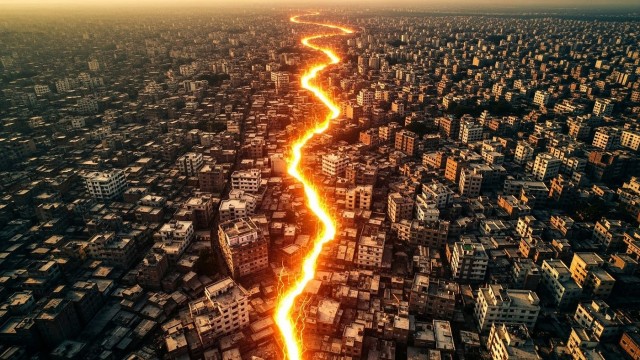
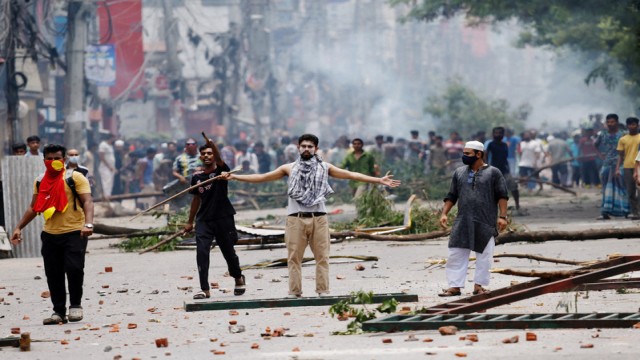
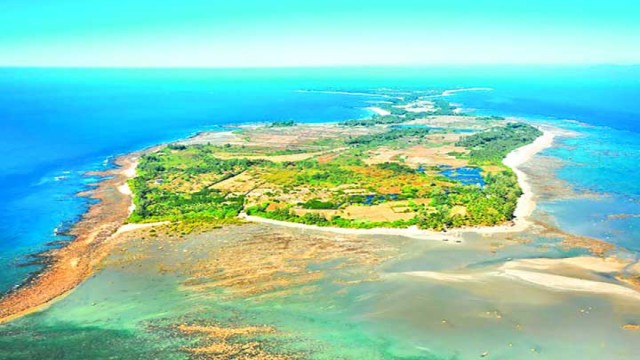




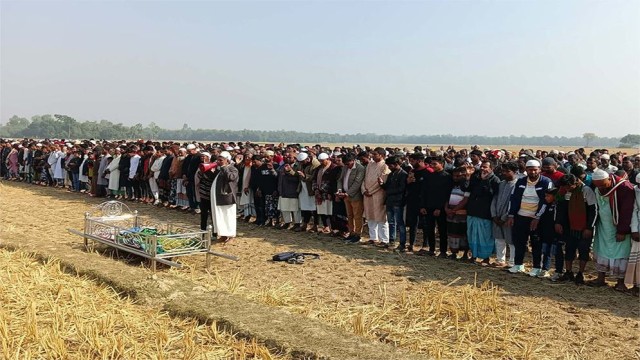
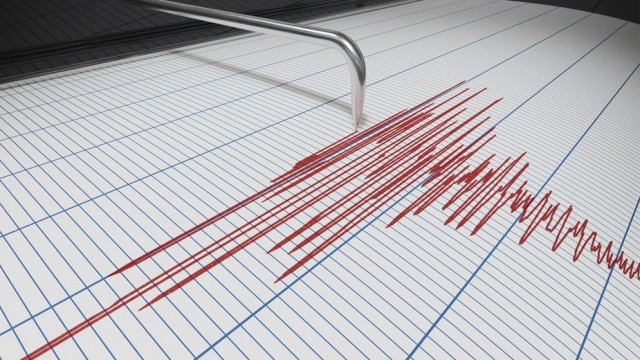
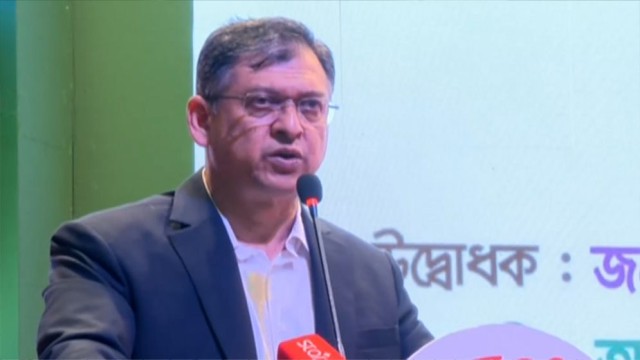








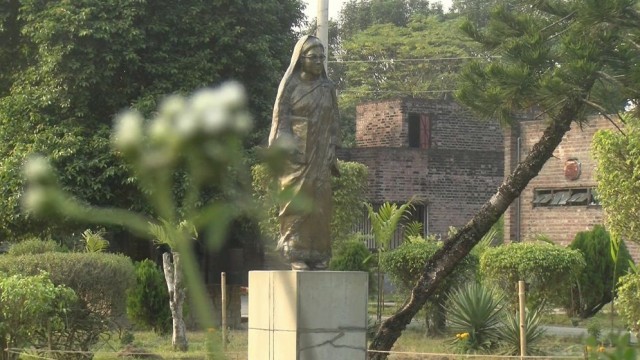




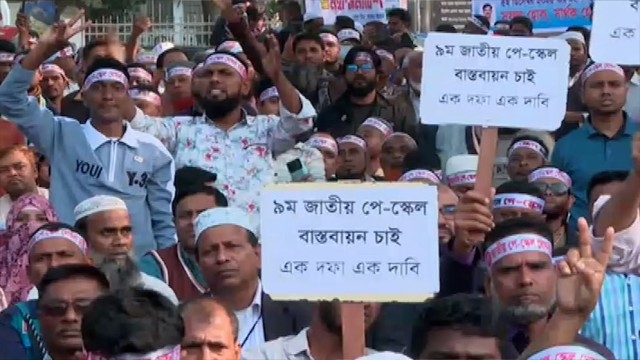


Comment: